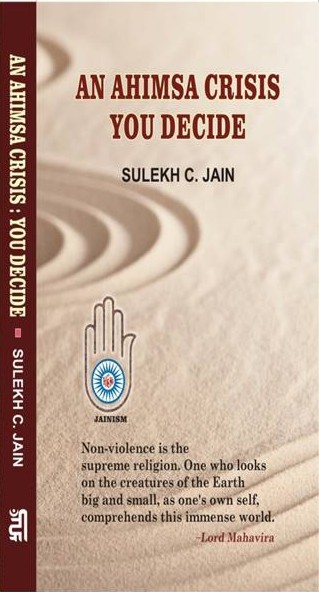Sugar and other sweeteners: do they contain animal products?
The answer to this question is very complex. Carolina Pyevich provided the following clues in Vegetarian Journal, while doing an internship with the Vegetarian Resource Group (VRG).
According to Pyevich, refined sugar is avoided by many vegetarians because its processing may involve a bone char filter. The activated filter decolorizes sugar to make it white through an absorption process. Bone char filter is used by some major sugar companies, but not necessarily by all. Other filters may include granular carbon, a pressure lead filter, or an ion exchange system. Granular carbon has a wood or coal base, and the ion exchange does not require the use of any animal products. Bones from cows are the only bones used to make bone char.
Two major types of refined sugar produced in the United States are beet sugar and cane sugar. They both are nutritionally equivalent, and one cannot usually taste any difference between them. They are both composed of sucrose. The production and sale of each type are approximately equal.
Beet sugar refineries never use bone char filter, because beet sugar does not require an extensive decolorizing procedure. It is refined with a pressure lead filter and an ion exchange system. Beet sugar is often labeled “granulated sugar.” It is becoming more prevalent in the U.S. because the federal government subsidizes it. But Jainism would not accept beets, because they are root vegetable.
On the other hand, almost all the cane sugar requires the use of a specific filter to decolorize the sugar and absorb inorganic material from it. The filter may be bone char, granular carbon, or an ion exchange system.
Domino, the largest sugar manufacturer in USA, uses bone char in the filtration process. The cane refineries of Savannah Foods, the second largest sugar manufacturer, also use bone char. California and Hawaiian (C&H) Sugar employs bone char filters as well as granular carbon and ion exchange filters. All these companies use the bone char in the refining process of brown sugar, powered sugar (sugar mixed with corn starch), and white sugar.
Refined Sugar, producers of Jack Frost Sugar, uses a granular carbon. Florida Crystal sugar is a cane sugar that has not passed through the bone, either.
Some labels of sugar packages seem to indicate that the product is “raw sugar,” but all commercial sugar has undergone some refining. Genuine raw sugar, according to FDA regulations, is unfit for human consumption.
Turbinado sugar is made by separating raw cane sugar crystals in a centrifuge and washing them with steam. It retains its brown color. C&H produces “Washed Raw Sugar,” without passing it through bone char.
Brown sugar is basically refined sugar with added molasses. It could have been refined with bone char.
Molasses is derived from sugar cane. Beet sugar molasses is too bitter for human consumption. Molasses syrup does not go through any filter, because there is no need to eliminate the brown color. This sweetener may sometimes be non- vegetarian, because the process of making it requires an agent to reduce its foam by adding a small amount of fat to the liquid. This fat is a complex issue. Traditionally, lard has been used. Pork is hung over a tub of maple syrup, and drops of fat fall into the syrup. Milk, cream, butter, or vegetable oil also could have been used for that process.
Most maple syrup manufacturers now use vegetable oil or synthetic defoamers instead of lard. But one commercial defoamer, Atmos300K, contains glycerides derived from “edible meat and/or vegetable sources.” Thus, it is difficult to determine whether a particular brand has an animal or vegetable based defoamer.
Kosher certified brands, such as Spring Tree or Maple Groves, are unlikely to contain animal products in their defoamers. Holsum Foods, which produces pancake syrup, uses vegetable oil for defoaming. Their products are labeled by food chains such as Dominick’s, Supervalue, and Superfine.
Conclusion: Turbinado sugar and molasses are the best choices for avoiding himsa in one’s sweeteners.
You decide; is its use consistent with Ahimsa?
 Dr. Sulekh Chand Jain
Dr. Sulekh Chand Jain
